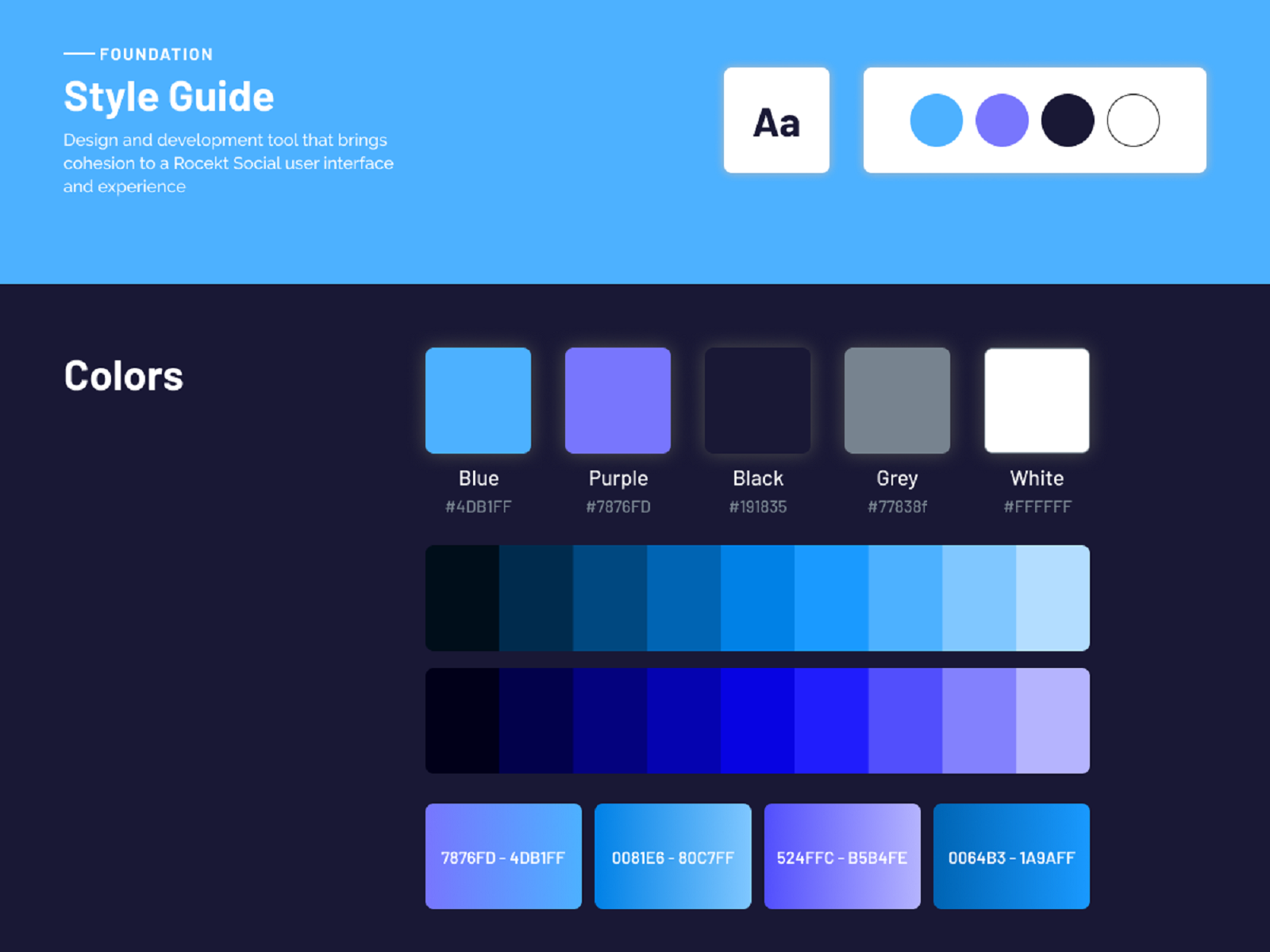

Minimalism is a crucial principle to consider if you want to achieve the best palette for your app. It allows you to evaluate if your color scheme works for your target market-without doing it yourself. Ultimately, that’s the advantage of checking your competitors. So, if you want to aim for the same vibe in your app, you already have proof of concept. It was an intentional move to showcase the fresh and irreverent nature of Cleo. Instead, it opted for a bright and colorful palette. The UI design veered away from the typical blue or white color schemes of financial apps. Sometimes, you want to know what everyone’s using so you can be different and stand out. However, adopting isn’t always the best approach. So, using the same colors is a good idea if you’re building your own fitness app. No surprise there, as they give the impression of energy and activity. You’ll notice that the vast majority of exercise apps use the red and orange color scheme. Let’s take this listing of top fitness apps in 2020 as an example: Icons are a great shortcut for comparing the color schemes of different apps at once because icon color tends to be the same as UI color. You can easily do this by going to the Apple App Store or Google Play Store and checking the top charts in your chosen category.Īlternatively, you could also search for apps using relevant keywords. In other words, you can review the successful apps in your niche and check what colors are working for them.
#SHOPPING CHOOSE COLOR UI HOW TO#
And more than giving you ideas on how to refine your app idea, you could also glean insights about color usage. Studying your competitors is a must when doing market research. It’s still best to get the exact color preferences of your target audience through market research methods like surveys and interviews.Ī simpler alternative is to look at the colors your competitors are using. Ultimately, these findings are just guidelines. It’s, therefore, crucial to double-check the cultural significance of your color scheme to avoid offending some of your users. On the other hand, in Latin American cultures, it could mean conflict when combined with black. But in Asian cultures, it’s often a symbol of happiness and celebration. However, that doesn’t mean you should disregard the impact of culture on color choices because they can be significant.įor instance, red is commonly used in UI design to connote danger or a warning. Hence, if you were to create an app aimed mostly at women, going with softer colors is ideal.Īn interesting thing about these studies is that respondents came from various countries, meaning color choices tend to be universal worldwide. There are other things like tints, shades, and vividness, which also affect perception.įor example, a follow-up study in 2007 discovered that males prefer brighter colors while women prefer softer colors.
The reason is that blue is commonly associated with safety and tranquility-desirable qualities at any age and gender.īut the type (whether blue, red, etc.) is just one aspect of color. Here’s a study by Joe Hallock that illustrates this:įrom both studies above, you’ll see that blue is a universally loved color, which is why it’s a safe bet when designing your apps. Notice how people cite blue as their favorite color most of their life but suddenly shift to red once they reach an advanced age (over 70 years old).īut age is just one factor. You’ll also realize that color preferences tend to change as we grow older. Here are the results of one survey that’s been ongoing since 2011: See, while each person will have their favorite colors, you’d be surprised by how universal some choices are.įor instance, several studies have shown that people of the same age tend to have similar color preferences. The first step in determining your color palette is to research your audience and determine how they perceive different colors so that you can use the appropriate ones for your app.


 0 kommentar(er)
0 kommentar(er)
